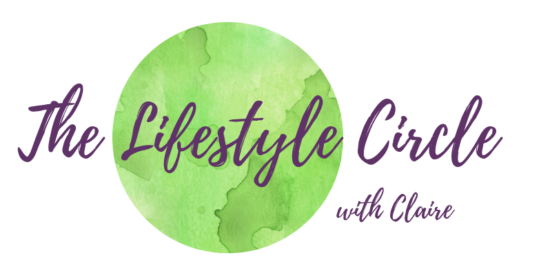Do you head straight to the products labeled “for acne or spot prone skin”? These might not be the best products for you. Using products that are wrong for your skin type can make your acne worse.
Whilst your genes will often determine your skin type, your age, your lifestyle and the products you use all have a degree of influence. Even the weather has an impact. Have you ever felt that your skin is drier in winter? It is. The fluctuating cold temperatures outside and the central heating inside dry it out.
Knowing your skin type is key to getting that glowing complexion you crave.
Acne-prone skin is not a skin type
For years I was so sure I had oily skin. I had acne, my skin was shiny and I used blotting papers everyday to absorb some of the visible oil that sat on my face.
It took two facials and two different therapists telling me I had dry skin before I listened. My skin always felt tight after I had washed it. At the time, I thought this was a good thing because I was washing away the excess oil that was contributing to my acne.
What I was actually doing was using products that were for oily skin, usually astringent in nature, and was further drying out my already dry skin. As the day went on, my skin then produced more and more sebum to replace the natural oils I was stripping away. The shine and oil I was seeing on my skin was this excess sebum.
My acne got significantly better once I changed my lifestyle. But switching to products formulated for dry skin also made a massive difference. My skin settled down. It stopped producing extra oil. I stopped blotting it several times a day and the stubborn acne that remained on my skin healed.
Just because you have acne does not mean that you have oily skin. Many of the products for acne-prone skin are formulated for oily skin. Many of them also contain ingredients that are just too harsh for any skin type.
The skin types and their typical characteristics
Normal skin
- Small, barely visible pores
- Usually blemish free
- Feels comfortable after cleansing
- Soft and firm to the touch
Dry skin
- Small, barely visible pores
- Skin feels tight after cleansing
- Dry, rough texture
- Might look dull
Oily skin
- Larger, more visible pores
- Prone to blemishes and blackheads
- Shiny with an oily film on the face
- Feels thick to touch
Combination skin
- Dry in some areas, oily in others
- Usually oilier on the T-zone (forehead, nose and chin)
- Drier on the cheeks and around the eyes
Sensitive skin
- Easily irritated
- Blotchy, red and dry in patches
- May have broken capillaries
- Often feels warm to touch
Did you notice that acne-prone skin is not there? Acne is a skin condition, not a skin type. This means that you can have any of the skin types above and also have acne.
Stop focusing on your acne for a minute and focus on your skin. How does it feel after you’ve removed your make-up and products? Touch it. Is it soft? Are there rough patches? Look in the mirror. How visible are your pores? Do you have any blotchy areas or broken capillaries? Look beyond your acne to your skin’s natural characteristics.
Dehydrated skin
Another skin condition worth talking about separately is dehydrated skin. Like acne, you can have any of the skin types above and also have dehydrated skin. Even oily skin can be dehydrated.
Whilst dry skin is lacking the skin’s natural oils, dehydrated skin is lacking water.
The dehydration test
Look in a mirror and use your fingers to gently push your skin up. If it wrinkles with lots of fine lines rather than holding its shape, it’s dehydrated.
How to deal with dehydrated skin
- Use the right products. Choose cleansers and moisturisers designed for dehydrated skin
- Exfoliate two to three times a week to remove dead skin cells and help your moisturiser better absorb into your skin
- Use a facial oil or serum for extra hydration
- Apply a hydrating facial mask weekly
- Drink water. Your skin is the last organ in your body to benefit from the water you drink. You, therefore, need to drink a lot before it goes anywhere near your skin
- Boost your water intake by eating water-rich fruits and vegetables such as watermelon, celery and cucumber
- Eat foods containing healthy fats such as oily fish, avocados, nuts and seeds
What’s your skin type?
Treating your skin right on the outside is essential for that healthy skin glow. This starts with knowing your skin type. The right products will keep your skin looking its best whilst not aggravating your acne or other skin conditions.
Check your products. Are they really suitable for your skin type? If you’re still not sure, book yourself a facial to get your skin analysed professionally.
For more tips on transforming your skin, download my book Skincare for Acne-Prone Skin.



